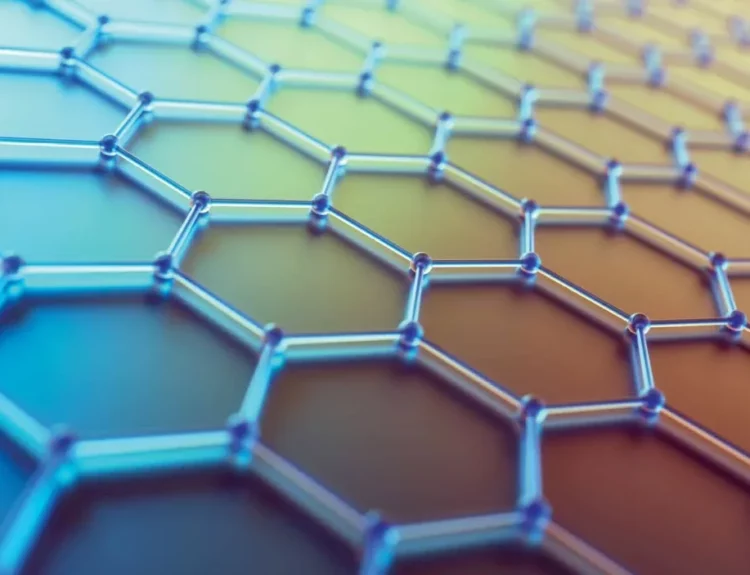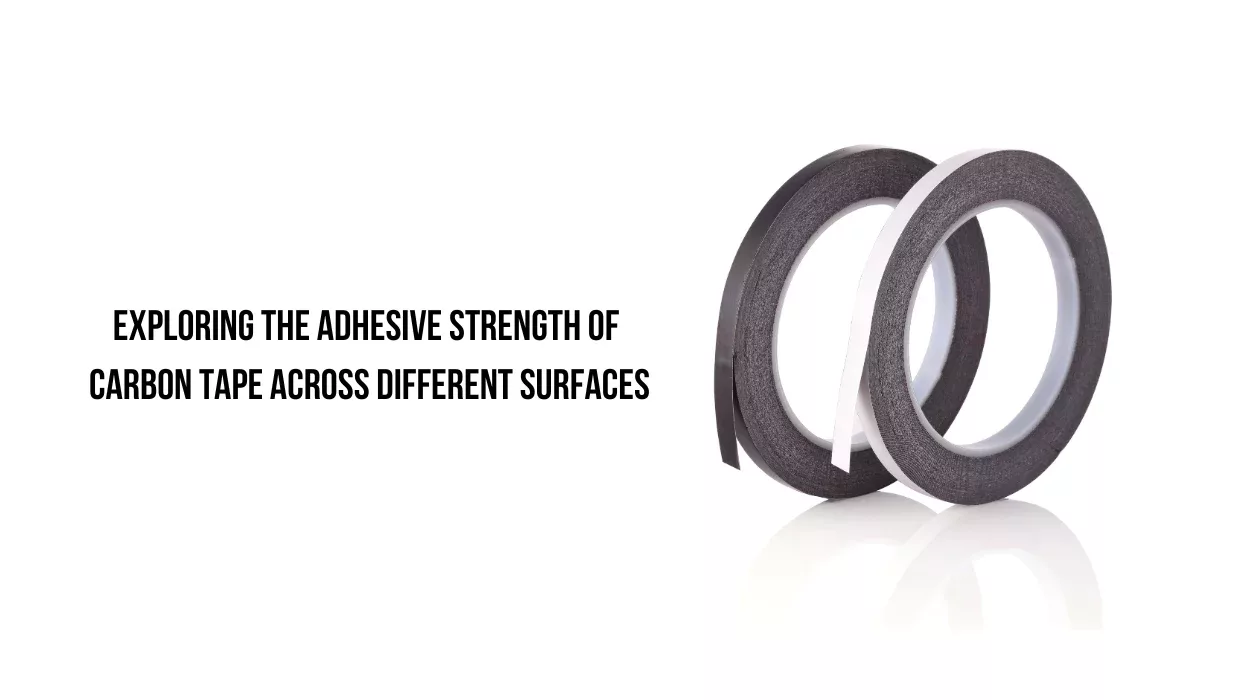Carbon tape is a specialized adhesive material widely used in various scientific and industrial applications. It’s composed of carbon particles embedded in a polymer matrix, making it conductive and versatile. The adhesive strength of carbon tape can vary depending on the surface to which it is applied. This article will explore how carbon tape performs across different surfaces and why this is important in research and industry.
What is Carbon Tape?
Carbon tape is an adhesive tape designed to bond easily to various materials while maintaining good conductivity. It is often used in laboratories, electronics, and other fields where electrical conductivity is essential. The tape is sticky on one side, while the other is usually coated with carbon or graphite particles that provide electrical conductivity.
Key Factors Affecting Adhesive Strength
The adhesive strength of carbon tape is influenced by several factors, including:
- Surface Texture: Smooth surfaces allow for better adhesion, but rough or uneven surfaces may reduce the tape’s effectiveness. The tape can’t bond as tightly on a rough surface, which lowers its adhesive strength.
- Surface Material: The type of material the tape is applied to plays a crucial role. Carbon tape adheres differently to materials like metal, glass, plastic, or fabric. Metals tend to have a stronger bond than plastics or ceramics, which might require more surface preparation for optimal adhesion.
- Environmental Conditions: Temperature, humidity, and chemical exposure can affect the adhesive strength. For example, when exposed to high temperatures or strong solvents, carbon tape may lose its adhesive power.
- Pressure Applied: Pressing the tape firmly onto the surface during application can help increase the bond strength. If the tape is not applied with sufficient pressure, it may not stick as well, especially on low-energy surfaces like plastics.
Need Carbon Tape?
Buy it from here:
Carbon Tape on Different Surfaces
- Metal: Carbon tape adheres very well to metals like aluminum, copper, or stainless steel. The smooth and often porous nature of metals allows for a strong bond, making them ideal surfaces for carbon tape. This strong adhesive power is why carbon tape is often used in electronics to attach components.
- Glass: Glass also provides a relatively smooth surface for carbon tape. However, due to its non-porous nature, the tape’s adhesive strength on glass is typically lower than on metal. Surface treatments like cleaning or roughening can be applied to improve adhesion on glass.
- Plastics: Plastic surfaces vary greatly depending on their composition. Some plastics, such as PVC, offer better adhesion for carbon tape, while others, like polyethylene and polypropylene, are difficult for the tape to stick to. Pre-treatment, like using a primer, can help increase adhesion on plastic.
- Fabric: On fabric surfaces, the tape adheres moderately well. The fibers in the fabric can create an uneven surface, reducing the overall adhesive strength. However, the flexibility of the fabric can compensate for some of this loss.
- Ceramics: Ceramic materials are smooth and non-porous, so carbon tape may not adhere as effectively. For example, for glass, surface preparation, such as cleaning or primer, may be needed for a stronger bond.
Applications of Carbon Tape
The adhesive strength of carbon tape across different surfaces makes it a useful material in various applications:
- Electronics: Carbon tape is used to attach electrical components, especially in areas that require conductivity. Its ability to bond well with metals is especially valuable here.
- Scientific Research: In labs, carbon tape is used to mount samples for scanning electron microscopes (SEM) and other analyses. The adhesive strength on various surfaces ensures that samples are secured for accurate testing.
- Automotive and Aerospace: Carbon tape is used in the automotive and aerospace industries to create conductive connections or in places where surface mounting is required.
Conclusion
The adhesive strength of carbon tape is influenced by several factors, including the type of surface, environmental conditions, and the amount of pressure applied during the application. Understanding how carbon tape interacts with different surfaces is essential for ensuring its effectiveness in various applications, from electronics to scientific research. By knowing what surfaces work best, users can optimize the performance of carbon tape to their specific needs.






